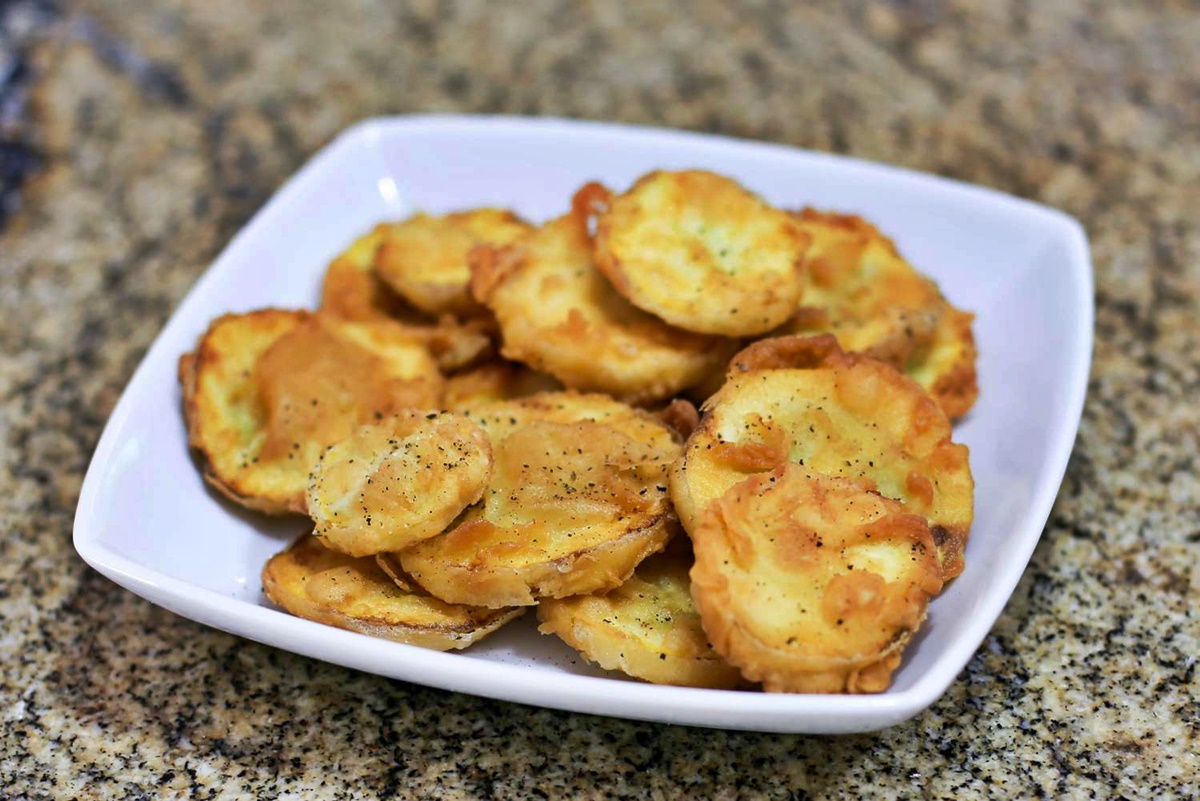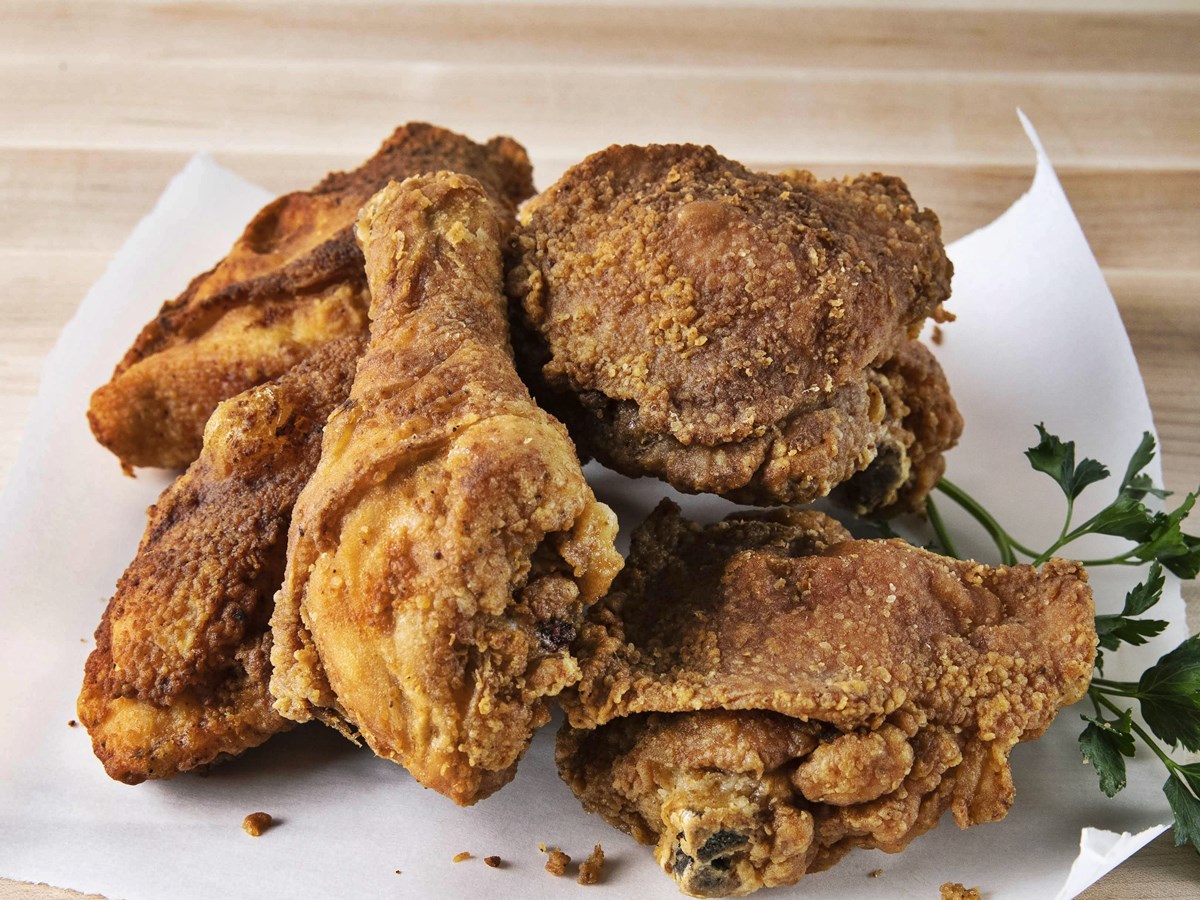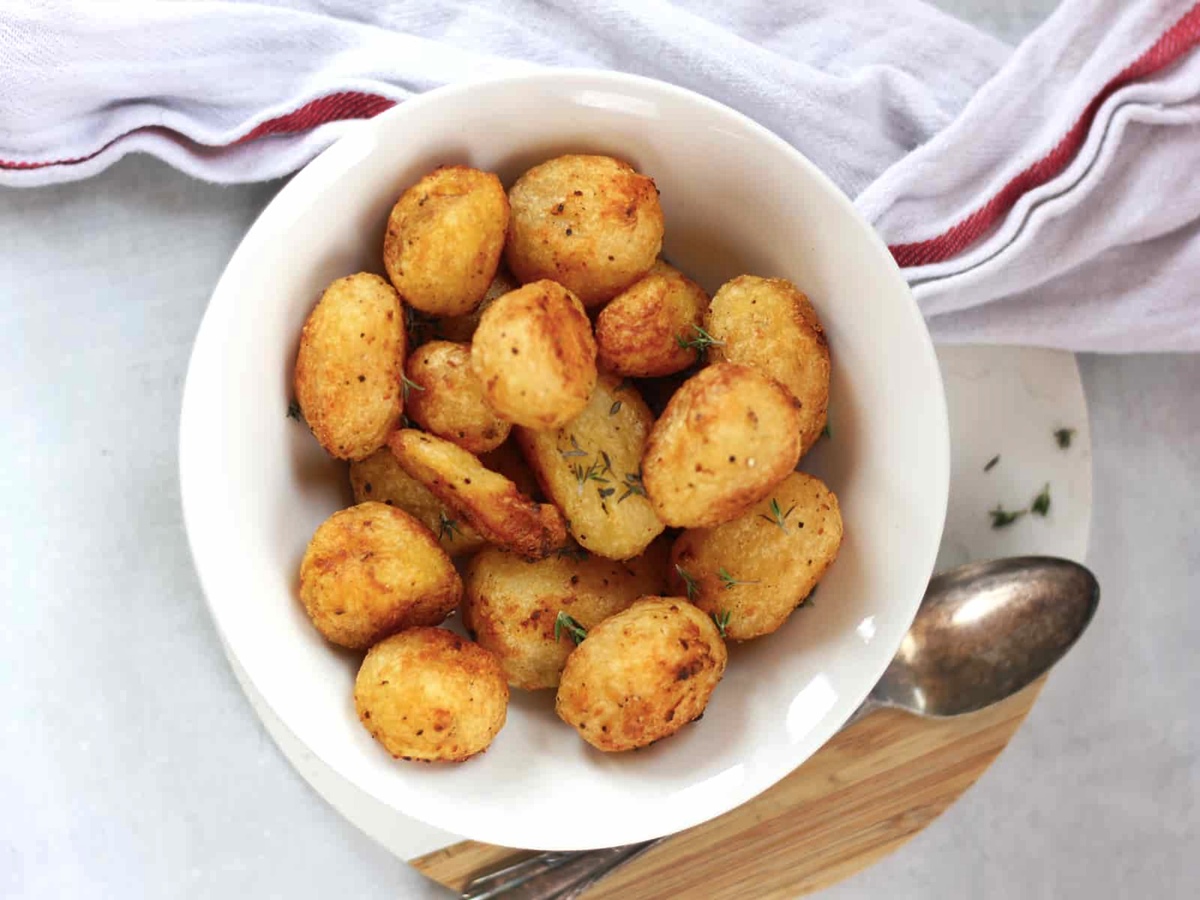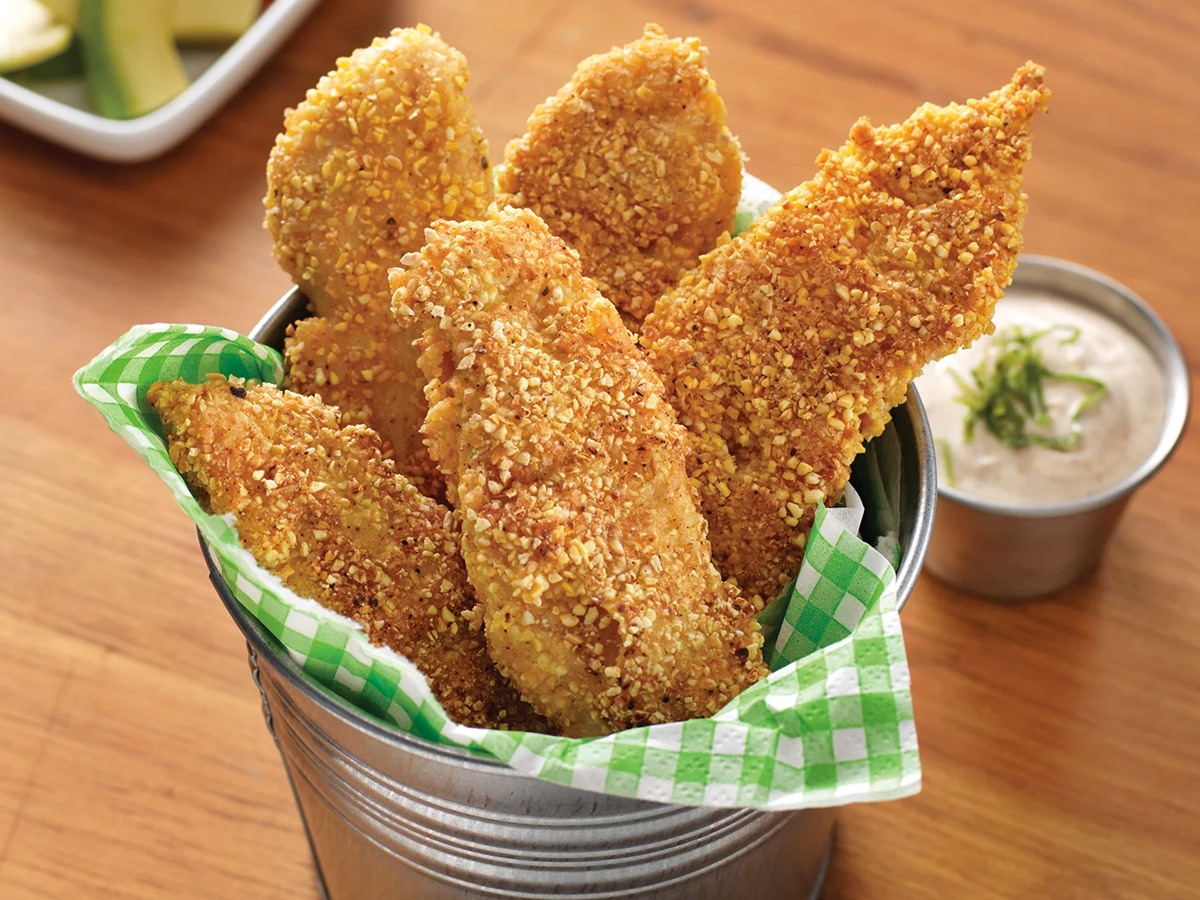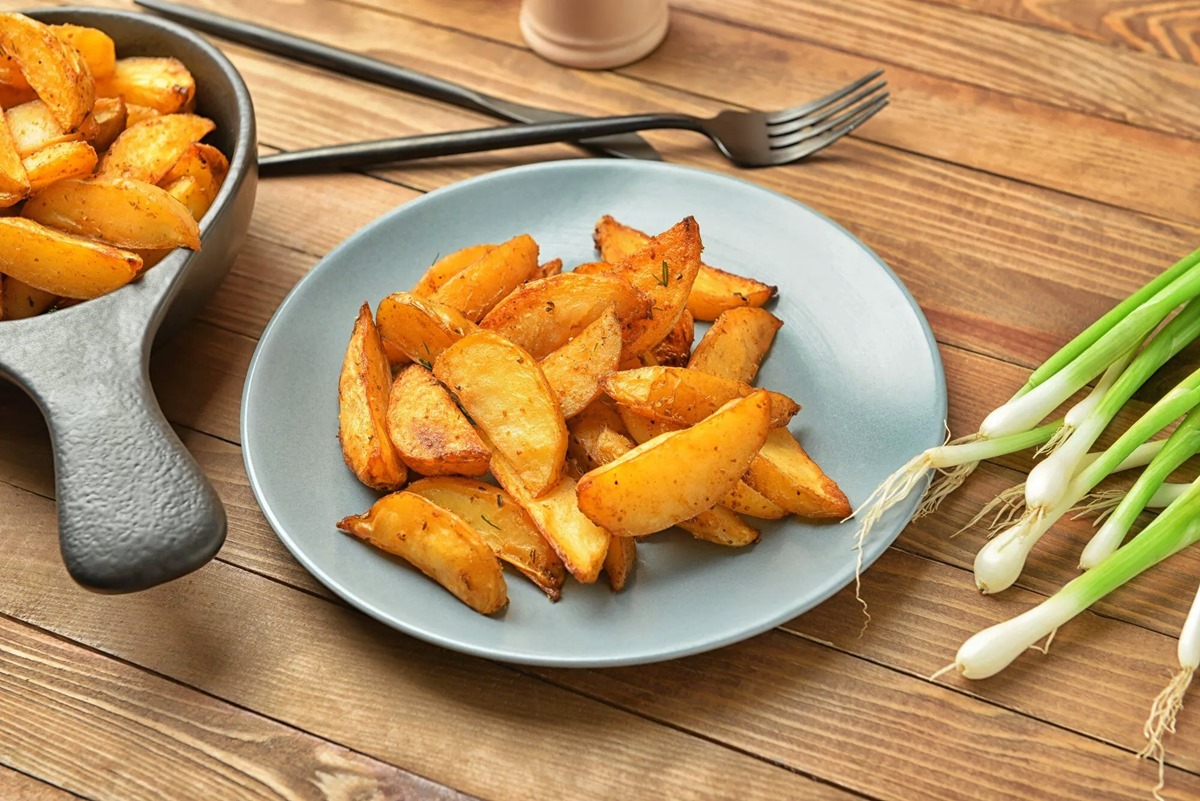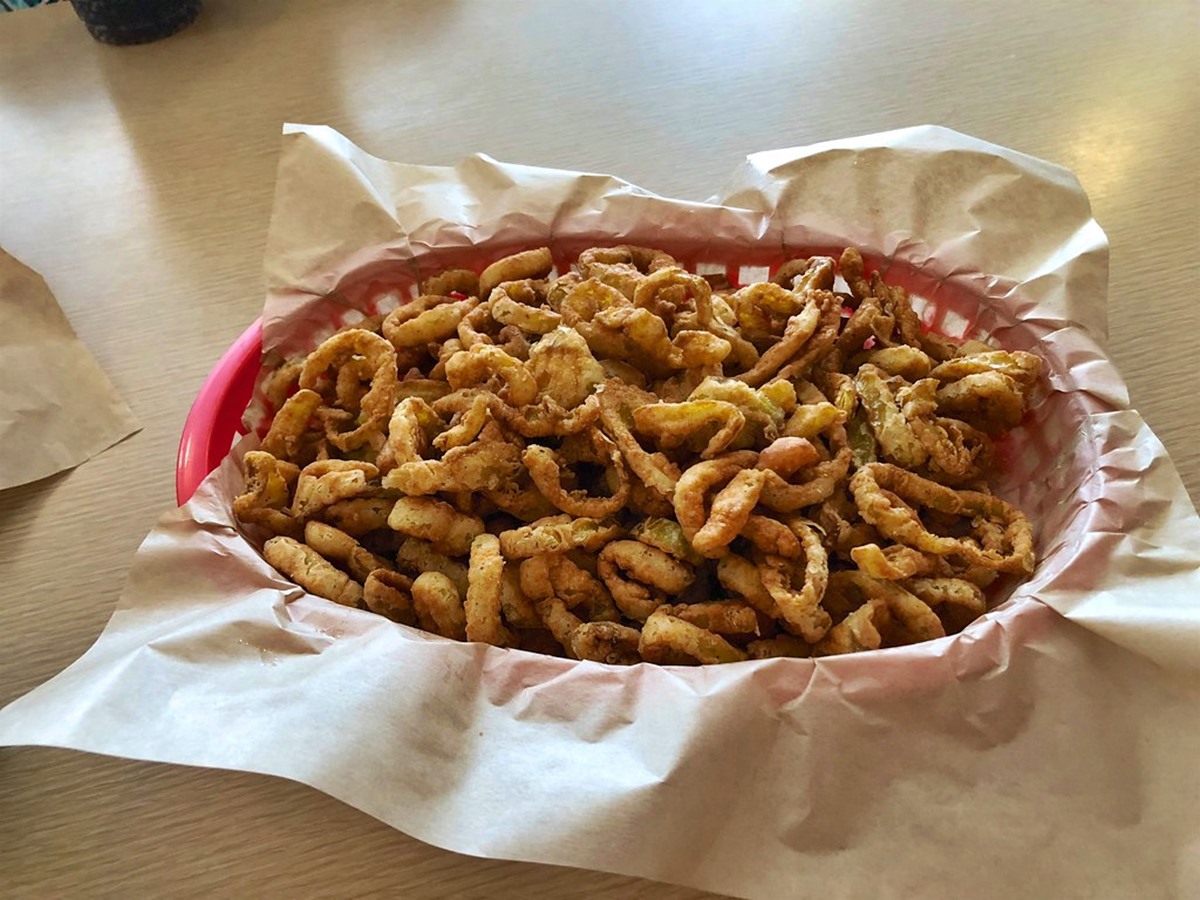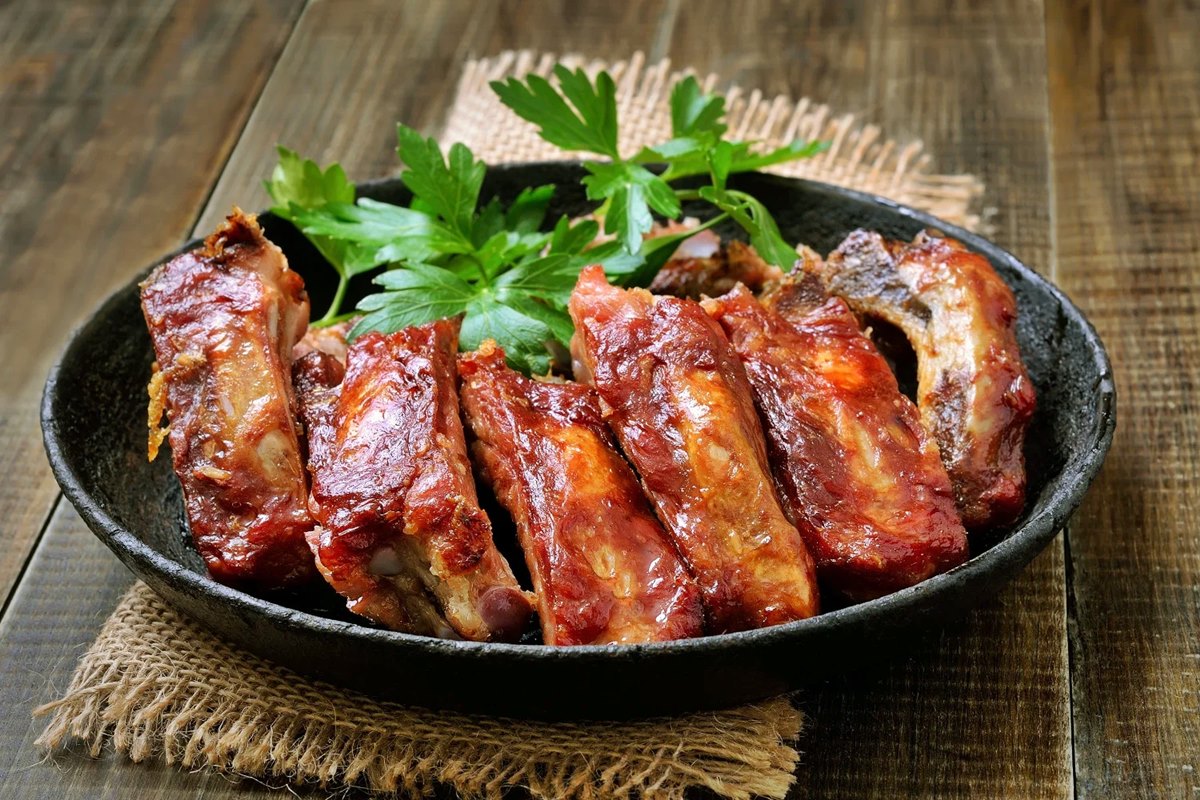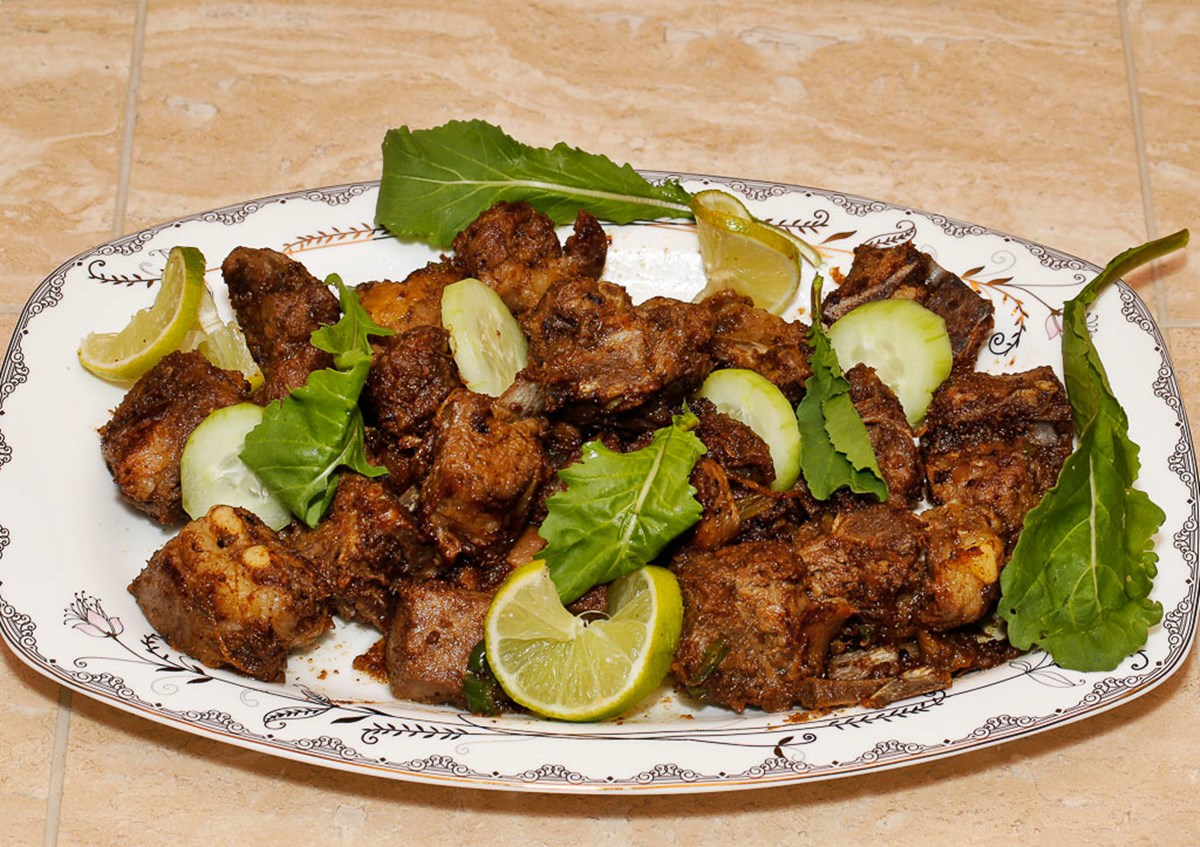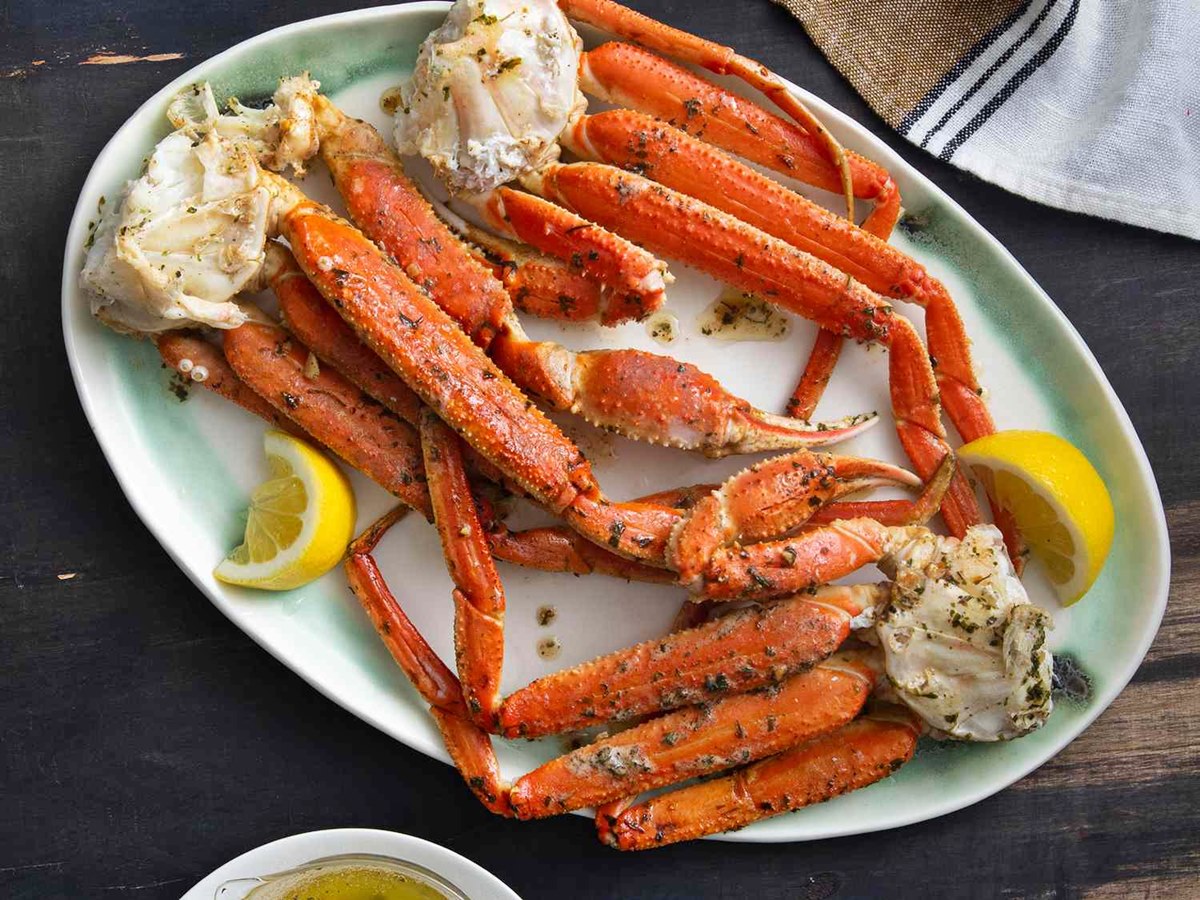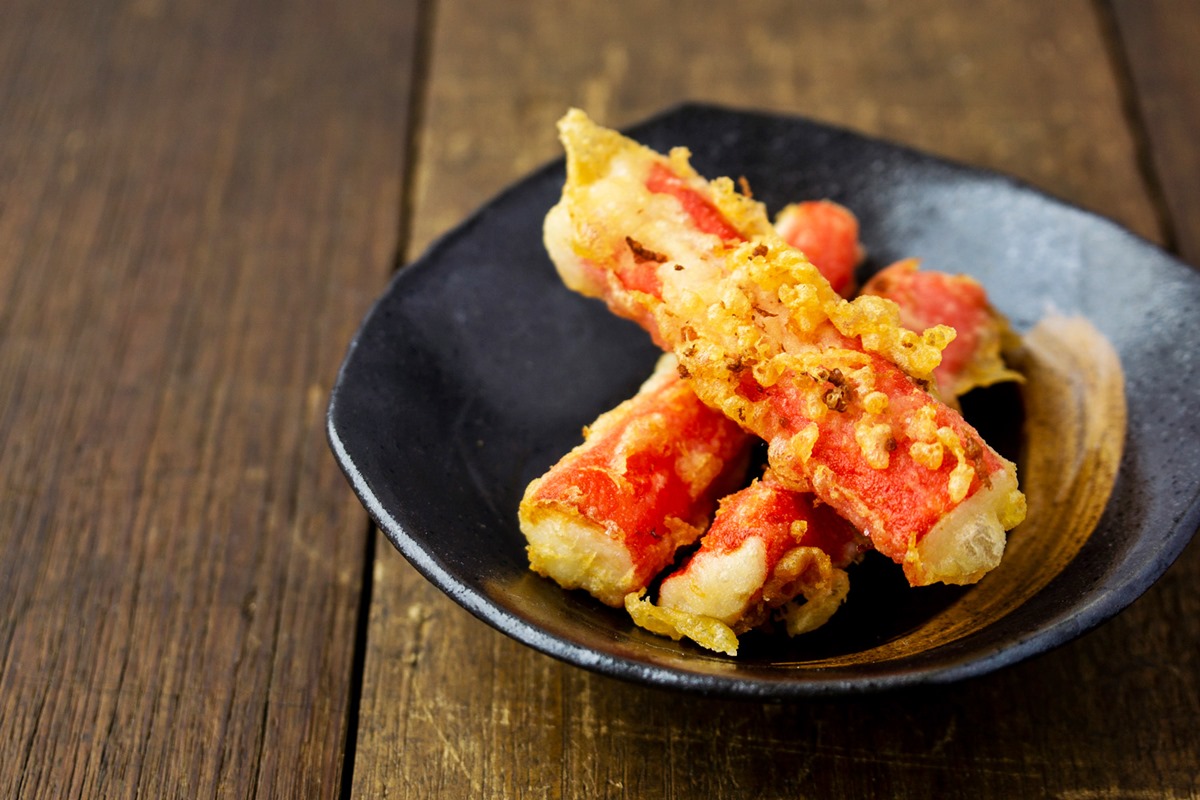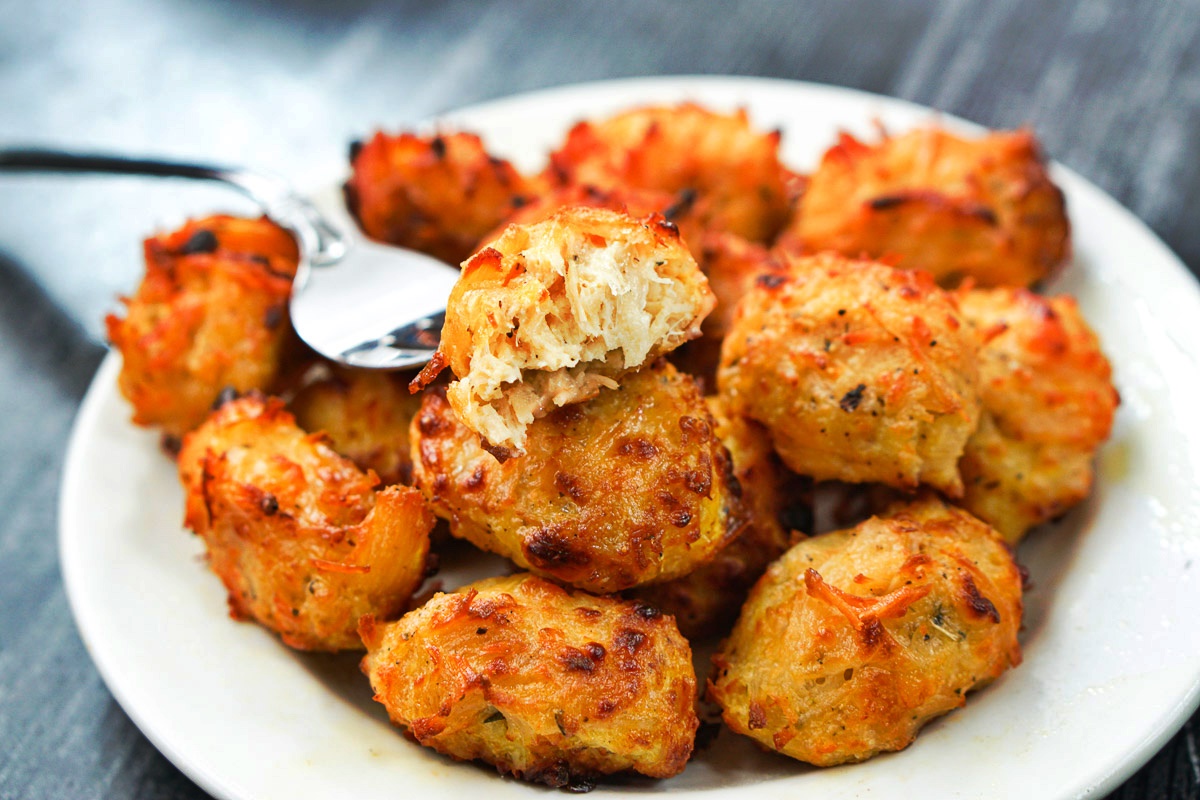How to Fry Turkey Breast in a Pan
When it comes to cooking a succulent turkey breast, frying it in a pan can be a game-changer. Not only does it help to seal in the flavors, but it also gives the skin a delightful crispy texture. In this article, we will guide you through the step-by-step process of frying turkey breast in a pan.
Ingredients:
- 1 turkey breast, boneless and skin-on
- 2 tablespoons of cooking oil (such as vegetable, canola, or peanut oil)
- Salt and pepper to taste
- Optional: herbs and spices of your choice (such as garlic powder, paprika, or thyme)
Instructions:
- Start by patting the turkey breast dry with paper towels. This will help the skin crisp up better during frying.
- Season the turkey breast generously with salt and pepper. You can also add your favorite herbs and spices to enhance the flavor.
- Heat a large frying pan over medium-high heat and add the cooking oil. Allow the oil to heat up for a minute or two until it shimmers.
- Carefully place the turkey breast, skin-side down, into the hot pan. It should sizzle immediately.
- Let the turkey breast cook undisturbed for about 4-5 minutes or until the skin becomes golden brown and crispy.
- Using a pair of tongs, carefully flip the turkey breast to the other side. Reduce the heat to medium-low.
- Cook the turkey breast for another 4-5 minutes on the other side. The internal temperature should reach 165°F (74°C) to ensure it is fully cooked.
- Once the turkey breast is cooked, remove it from the pan and transfer it to a cutting board. Allow it to rest for a few minutes before slicing.
- Carve the turkey breast into thin slices and serve it hot as a main dish or in sandwiches.
Frying turkey breast in a pan is a quick and convenient alternative to roasting. It allows for even browning and ensures a juicy, flavorful result. Remember to always follow food safety guidelines and use a meat thermometer to check for doneness.
So, the next time you have turkey breast on hand and want to try something different, give pan-frying a go. It’s a simple method that yields delicious results!
For those looking to master the art of frying turkey breast in a pan, there are several recipes that stand out. The Classic Pan-Fried Turkey Breast with Garlic and Herbs is a timeless choice, offering a burst of flavors that are both comforting and familiar. If you're in the mood for something rich and indulgent, Pan-Fried Turkey Breast with Creamy Mushroom Sauce is a fantastic option. Those who appreciate bold, vibrant flavors should try the Italian-Style Pan-Fried Turkey Breast with Basil and Tomatoes. For a sweet and tangy twist, the Pan-Fried Turkey Breast with Honey and Mustard Glaze is simply irresistible. Each of these recipes enhances the basic skill of pan-frying turkey breast, providing variety and excitement to your culinary repertoire.
Was this page helpful?
Read Next: How To Fry Bone In Chicken Breast
